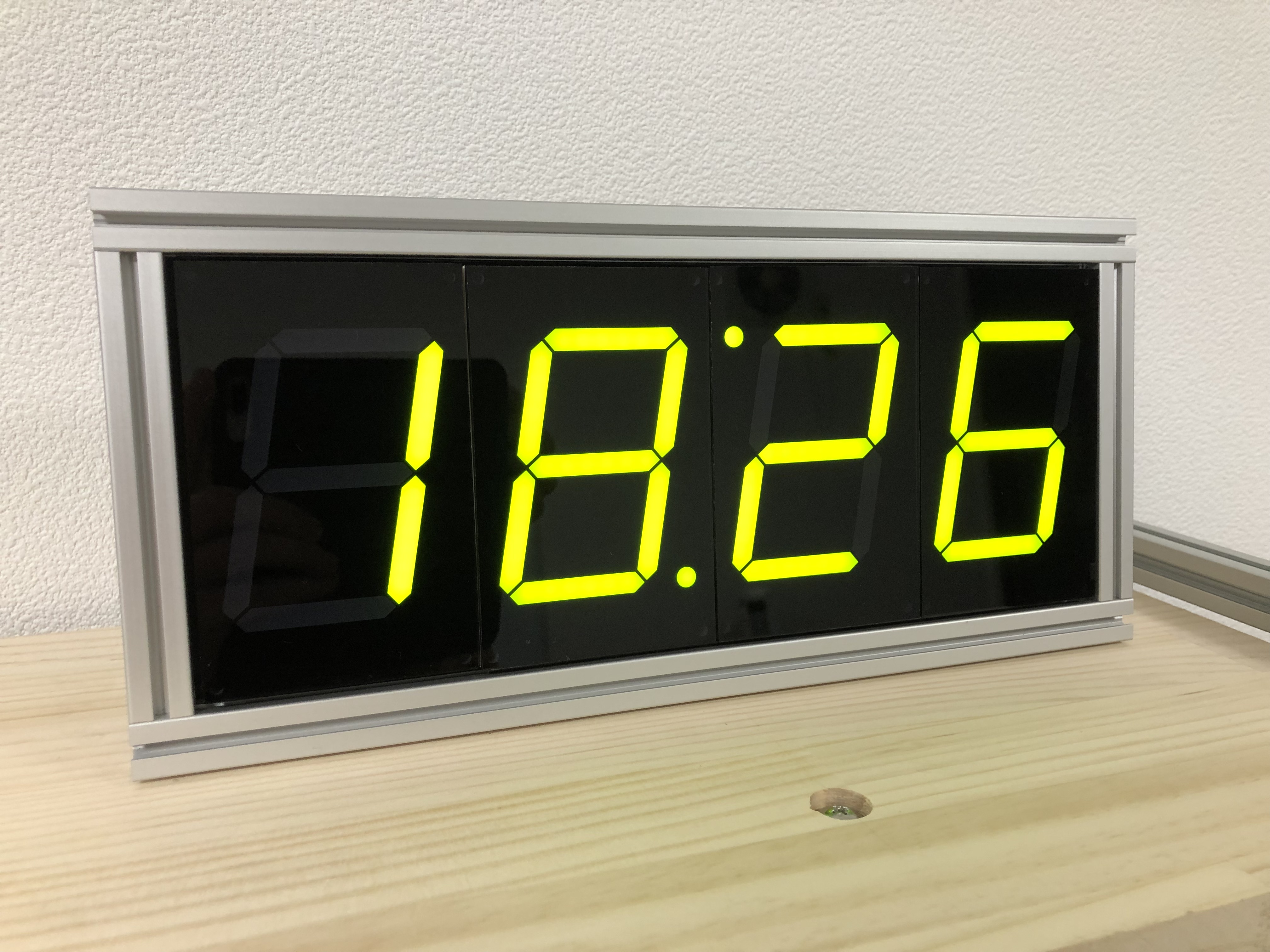
Material usage heavily depends on print settings, but using PLA it's about ~390g/~140g (black/transparent). Printing them completely in white will result in light leaking into other segments. If you'd like to get a different colored front I recommend swapping filament after 2-3 layers when printing the front covers. I've been using transparent/natural PLA for the diffusers. I recommend printing everything except the diffusers from black material. The clock example (4 digits version) requires the following 3d printed parts: This Instructable is only about the clock example for this module and as shown in the pictures - using a Arduino Nano and a DS3231 RTC (ZS-042). Total LED count is 103 (6 digits: 157).įor a list of features have a look at the ClockSketch v7-Instructable, there's a lot of combinations possible (Arduino, ESP8266, various RTCs, settings, ldr support, 12/24h format and so on). there's 3 LEDs inside each segment, just as before. Wall mount is included right in the back mount, hole spacing is exactly 100mm. The finished clock is 392mm (6 digits: 608mm) x 147mm x 30mm in size, not including the optional feet. Most comments are about the sketch anyways, so I'll keep "Hardware" like this seperated from the "Software" in this case. I highly recommend reading that Instructable if you're going to build any of my designs. The clock is running ClockSketch v7, so you will have to get the sketch from that Instructable (Step 3). So this design should still be printable on many printers (default 20x20, prusa mini, makerbot clones). The biggest footprint is to be found on the digits cover at 176.25mm x 146.95mm.
#Arduino led clock update
Since it's an update I tried to keep the requirements for printing the parts the same as before. This is not the case here, the modules can be daisy chained to as many as you'd like to. Some of my designs (like Lazy 7 / One or S7ripClock) required different modules depending on their positions (often an additional 3rd module for 6 digit versions). While working on ClockSketch v7 and adding support for older designs I noticed I absolutely don't like many, many things about the current design and this somehow forced me to do an update.Īs before the whole design consists of the digits module and a center/dots module. There's nothing really new on this one, it is meant as a replacement for my most popular (according to the broken stats on another site) clock so far, the " Retro 7 Segment Clock - Regular Edition".


Here's another set of 7 segment modules including a clock example.

So there's now 4 options available (3/4 LEDs, 4/6 digits). Parts/Info can be found at the bottom of this Instructable.


 0 kommentar(er)
0 kommentar(er)
